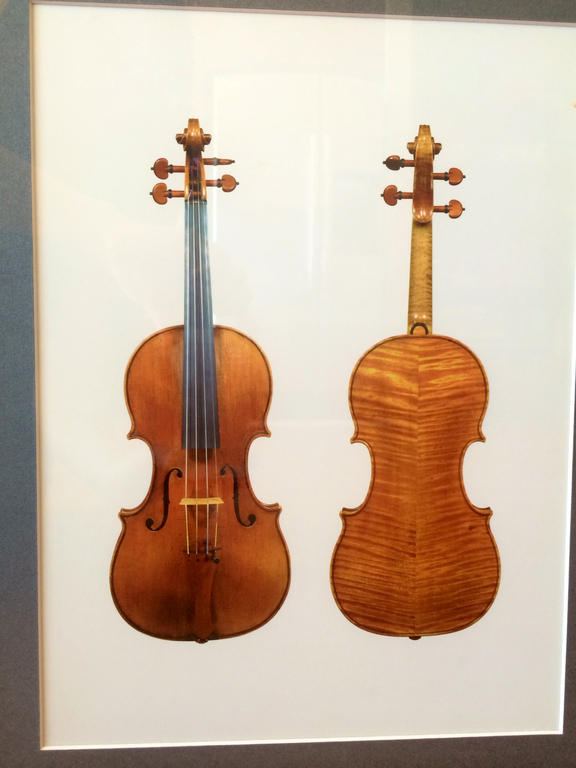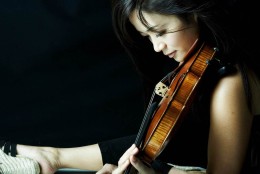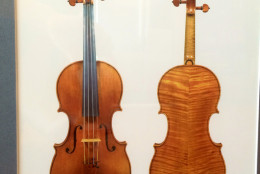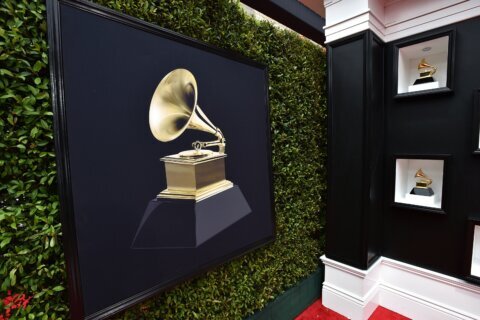



century before the United States declared its independence.
Chee-Yun, the youngest of four children, began studying music when she was a toddler living in Seoul, South Korea.
“My oldest sister played the piano and second oldest sister played the violin,” she says.
“It seemed like my mother was paying attention to them because they were playing musical instruments. So I wanted to get my mom’s attention as well.”
After a short stint with the piano, she picked up the violin when she was 6 years old. Her music teacher was impressed with her progress and urged her to continue studying at Juilliard School of Music. After winning some competitions, she immigrated to the United States where she enrolled in the performing arts college at 13 years old.
She debuted with the New York Philharmonic the same year. “That was the start of my American career,” Chee-Yun says. “The rest is history.”
As her career blossomed, Chee-Yun searched for a high quality violin. Eventually that search led to a 1669 Francesco Ruggieri.
“I just fell in love with the sound — [its] sweetness — and also the look of it,” she says. “The violin itself has the original varnish despite the fact that it was made 345 years ago. That’s very unusual.”
An appraiser told her that out of all the rare instruments he’s valued in his career, it was the first that was made over 300 years ago that looked brand new.
“He was astounded and said, ‘I guess it has not been played on a lot, has it?'” Chee-Yun recalls.
Little did she know the instrument had an even more incredible past than she could have imagined.
A few years ago after playing the violin at a concert, a patron said they were familiar with its story.
“One of the previous owners of this instrument loved the instrument so much that it was his wish to be buried with it,” she says.
The violin was preserved in nearly perfect condition for generations — possibly hundreds of years — before it resurfaced and ended up in her hands.
Chee-Yun says the violin’s sound has grown richer and better over the years.
“It kind of opened up. Maybe because it hadn’t been played on very much at all, the sound was kind of asleep, too,” she says.
“I’ve had it for more than 20 years and over those years, the sound has improved and is still peaking. The orchestras that I’ve performed with come back years later and say, ‘Your violin was wonderful. But this one is even better. It sounds even more lush and beautiful and bigger’ and I feel the same way.” .
The body of the violin and the varnish, all original, are critical to the instrument’s tone.
“It’s just a different quality,” Chee-Yun says.
“It is maybe the density of the wood. Over 300 years ago, there was an ice age that happened in Europe. I’m sure the density of the wood was much denser back then.”
This weekend, Chee-Yun and her antique violin will return for the third time to perform with the National Philharmonic at the Music Center at Strathmore on Saturday at 8 p.m. and Sunday at 3 p.m.
The performance features Sibelius’ Violin Concerto.
“It’s profound, deep, touching, passionate,” she says.
“It’s such a journey to listen to it and perform it. I think the audience will be in for a treat. My violin was in the neighborhood, maybe at the time he was writing it!”
Tickets start at $28 and are free for children ages 7 to 17 years old.
To purchase tickets, click here.







